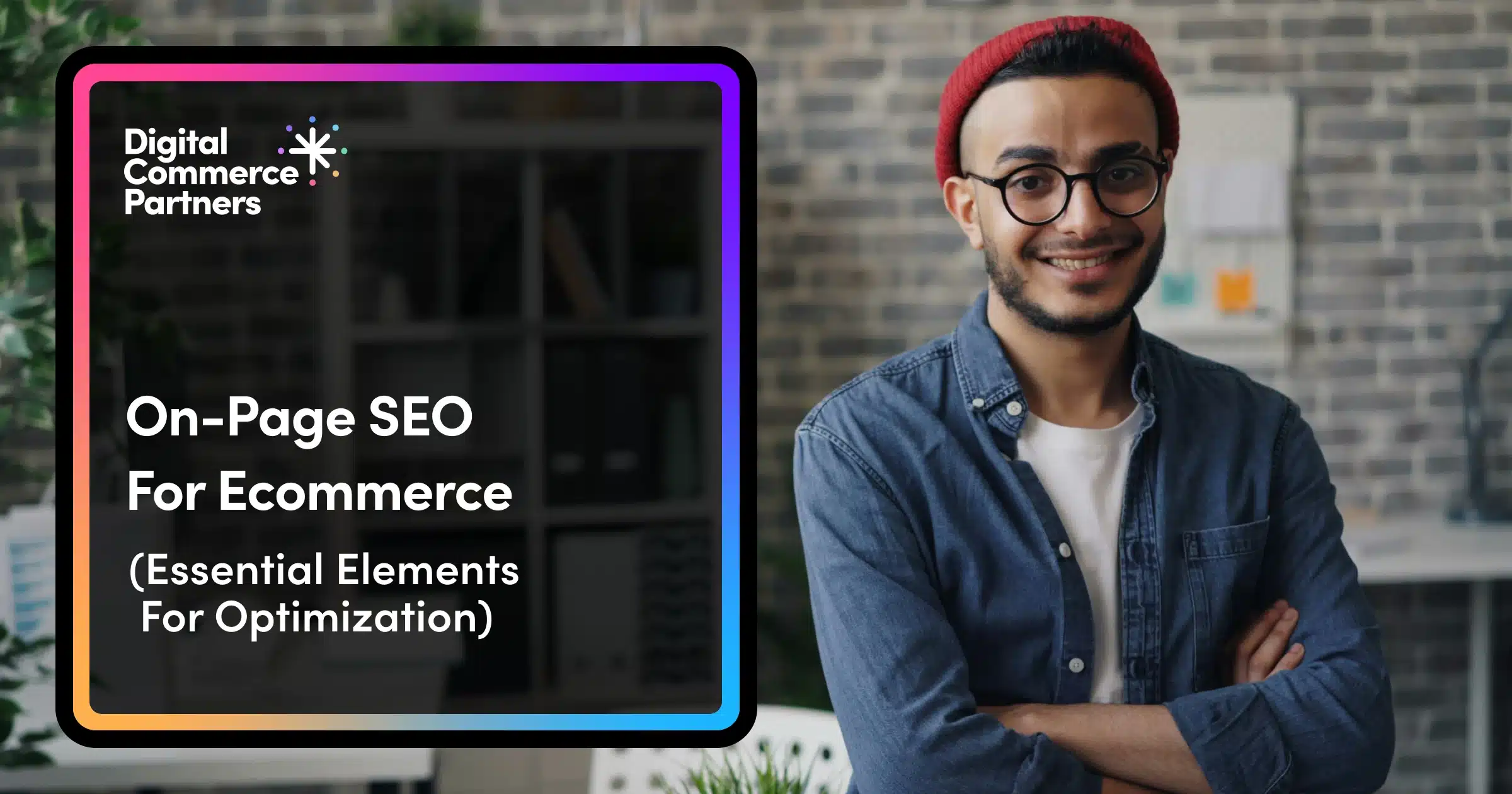On-page SEO for ecommerce is the most direct path to improving your store’s traffic, rankings, and revenue.
It’s not optional. On-page SEO is the critical foundation you need if you want your product pages to outrank competitors, your category pages to capture high-intent search traffic, and your site to convert browsers into buyers.
But on-page SEO for ecommerce is a unique challenge. Unlike blog content, you’re navigating thousands of SKUs, potential duplicate content, intricate filter logic, and technical crawl traps that can devastate your search visibility.
That’s why I built this guide.
I’ve seen strategic on-page SEO boost a client’s daily users from around 1,200 to nearly 5,500 in just one month. That’s an increase of almost 100% week-over-week. All of this growth came simply from optimizing previously overlooked collection pages.
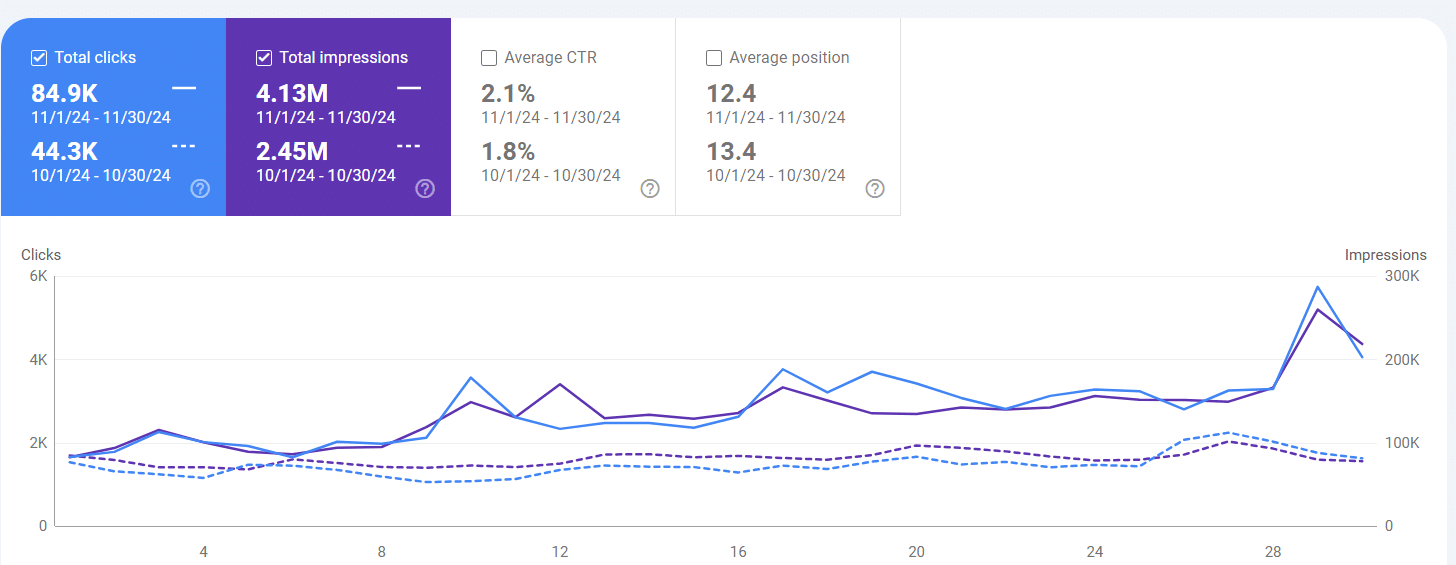
This organic growth directly translated into increased revenue, without a cent of additional ad spend.
In this article:
Want Us to Tackle Your On-Page SEO?
Click the button below to learn why Backlinko rated us as the #1 On-Page SEO Agency in 2025.
In this article, I’ll break down the four critical pillars of ecommerce SEO that move the needle: content, user experience, technical optimization, and strategic navigation.
Content Optimization
Good content is the driving force of your ecommerce site, the strategic engine behind your ability to rank, sell, and scale. However, not all content plays the same role, and ecommerce SEO best practices reflect that.
What works for a blog won’t work on a product page, so each content type should be crafted strategically, with a clear purpose.
The goal: Get discovered, engage users, and guide them seamlessly toward conversion.
Here’s how to do it:
Optimize Your Product Pages to Rank and Convert
Your product page is the strongest tool to capture shoppers who are ready to buy.
Unlike collection pages that target broader keywords, your product pages should focus on specific search terms. Think product names, model numbers, colors, sizes, or unique features.

Why specificity? Because shoppers close to purchasing use precise, detailed searches.
Clearly mapping these targeted keywords to your product pages ensures your products appear exactly when customers are primed to convert.
This approach also clarifies your content marketing strategy, highlighting exactly what details you need to include and what customer questions you should proactively answer.
A standout product page starts with a keyword-rich title and description that immediately connects with your audience. Do not re-use the manufacturer’s product copy. Instead, craft clear, benefit-driven content that showcases your product’s unique value.
If your page doesn’t answer questions, build trust, or create urgency, you’re leaving sales on the table. Unique, original content is non-negotiable, and using manufacturer text risks poor rankings and weaker customer confidence.
Boost relevance and engagement further by adding internal links to related products or categories and a concise FAQ section. These elements guide shoppers toward a purchase and help search engines understand your page’s context.
Craft Collection Page Content That Boosts Discoverability
Your collection or category pages are the real SEO moneymakers, often outranking individual products. They target broader, high-volume keywords that shoppers use to browse and compare options.
Effective keyword mapping matches these broader terms with the right collection pages. Start each strategic collection page with a concise intro that naturally incorporates these keywords and immediately confirms shoppers are in the right place.

Enhance user experience and SEO by adding helpful comparisons, targeted FAQs, and brief buying guides above or below your product listings. Finally, linking to subcategories and key products further strengthens internal relevance and boosts conversions.
Use Blog Content to Support Product Discovery
The benefits of ecommerce content marketing are huge when executed well.
Blog content allows you to target informational queries, build topical authority, and support your product and category pages with internal links. However, it only works if the content matches search intent and connects directly to your customers’ concerns.
The most effective blogs strategically target different parts of the buyer’s journey. Mid-funnel queries typically drive higher conversion rates. They reach users who are researching options, with queries like “best grass-fed beef delivery service” or “grass-fed vs grain-fed beef.”

When executed strategically, these posts can guide potential buyers toward your products. On-page SEO for ecommerce blogs involves using embedded links and relevant CTAs within informational content.
In this case, users were looking for beef recipes, so we made content that provided them with information for free while linking directly to our clients’ products. The key is optimizing every piece of content for the right search intent, regardless of funnel position.
This optimization does more than just bring in traffic. It builds brand awareness and trust, increasing the chances that visitors will return when they’re ready to buy. Read more on the benefits of ecommerce content marketing.
Optimize Images to Improve Rankings and UX
Product photography does more than show off your inventory; it shapes how people interact with your brand.
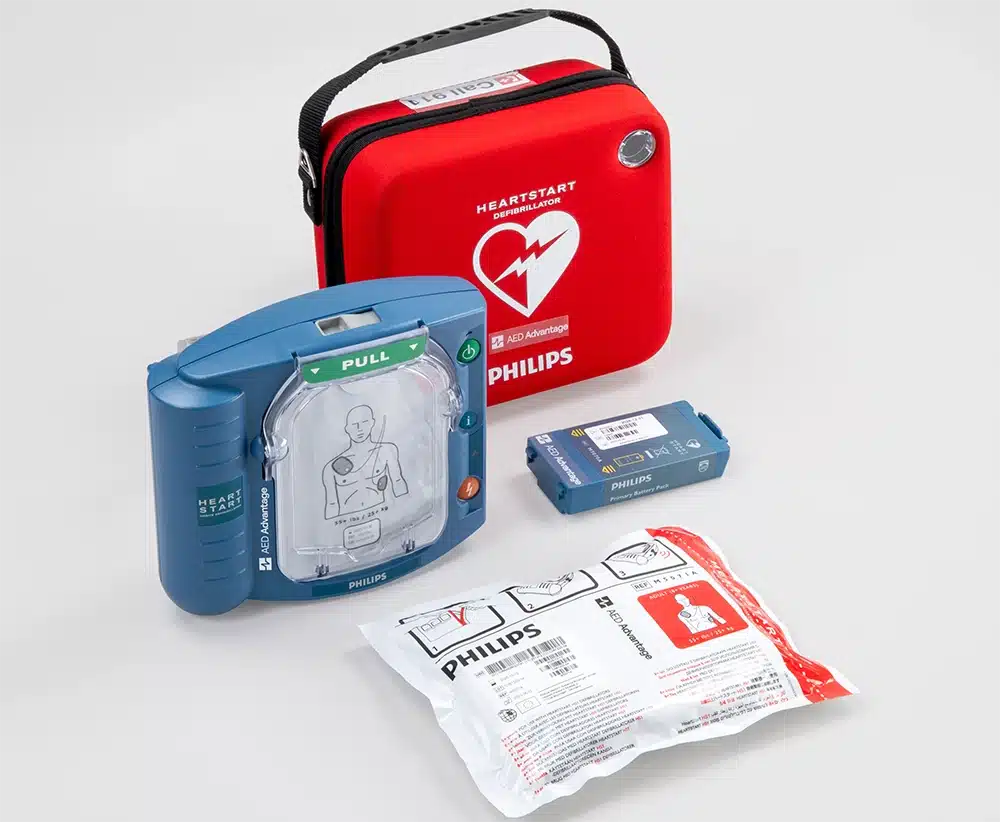
Sharp, well-optimized images boost click-through rates, drive engagement, and can lift conversion rates. But from an SEO perspective, they’re often treated as an afterthought.
Here’s how to fix that with on-page SEO for ecommerce:
- Rename every image with a precise, keyword-rich description that tells a story, like “blue-cashmere-scarf.jpg” instead of generic “IMG_8234.jpg”.
- Craft alt text that describes the image and strategically communicates its value, improving accessibility and search engine understanding.
- Speed matters, too. Large image files slow down page loading, creating a poor user experience and negatively impacting your rankings in Google. To avoid this, compress your assets, switch to modern formats like WebP, and ensure your CMS or CDN automatically serves the optimal image size for each device.
- If you’re using structured data, include image URLs in your schema markup. This gives search engines a clearer view of how your visual content ties into the rest of the page and can improve your chances of showing up in image packs and product carousels.
User Experience (UX)
Search engines don’t just evaluate your content; they also analyze how users interact with it. That’s why user experience plays such a big role in on-page SEO for ecommerce. It affects how people navigate your site, how quickly they find what they’re looking for, and whether or not they buy something.
A great UX makes your site easier to use and more likely to rank. When people stick around longer, browse more pages, or complete a purchase, it tells Google your site is helpful. That’s what pushes rankings up and bounce rates down.
Here’s how to improve your UX:
Make Your Site Mobile-Friendly for Better Rankings
Most ecommerce traffic now comes from mobile. You’re losing conversions if your site doesn’t load fast, look sharp, and work flawlessly on smaller screens.
Responsive design isn’t just about resizing. It’s about rethinking the experience:
- Clear menus
- Readable text
- Tap-friendly buttons
- Product pages that scroll smoothly without lag or clutter
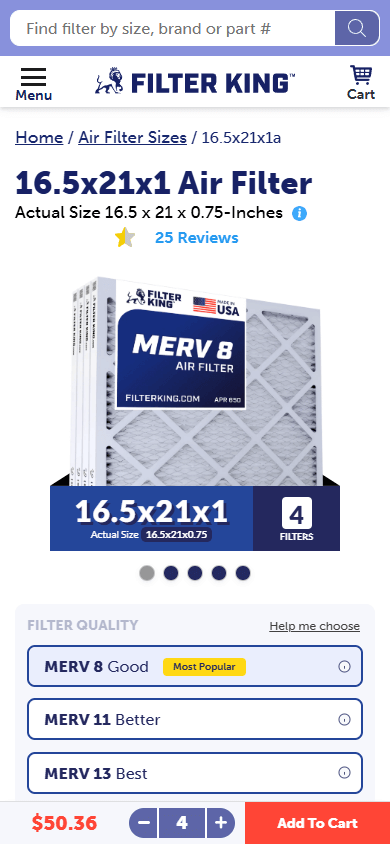
The goal isn’t to shrink your desktop site. It’s to rethink how your content flows on mobile. That includes trimming unnecessary text, keeping CTAs within reach, and ensuring users can filter and browse with minimal effort.
When your site feels built for mobile, people trust it more, and Google notices.
Improve Page Speed to Keep Shoppers Engaged
If your site is slow, shoppers will bounce. Page speed isn’t just a stat; it’s your first impression.
Ecommerce pages are naturally heavy, but bloated code, massive images, and autoplay videos aren’t helping. Every delay chips away at trust and SEO performance.
Core Web Vitals measure how real people experience your site. Fast load times, quick response to taps, and a stable layout all matter.

To improve them, compress images, streamline your code, and delay anything that doesn’t need to load upfront. Avoid layout shifts by setting fixed dimensions and keeping pop-ups from jumping around the page.
You don’t need perfection. Aim for product pages that load quickly, feel smooth on mobile, and stay stable. That keeps people browsing, and keeps search engines on your side.
Use SEO-Friendly CRO Tactics to Drive Conversions
Traffic doesn’t mean much if it doesn’t turn into sales. That’s where conversion rate optimization (CRO) comes in.
CRO focuses on what happens after someone lands on your site. It’s the difference between someone bouncing after five seconds and becoming a customer.
Effective ecommerce pages guide users toward action. Whether adding a product to the cart, signing up for a discount, or clicking to learn more, every element on the page should remove hesitation.
Your copy should answer unspoken questions, images should reinforce value, and the layout should keep things moving forward, not distract or confuse.
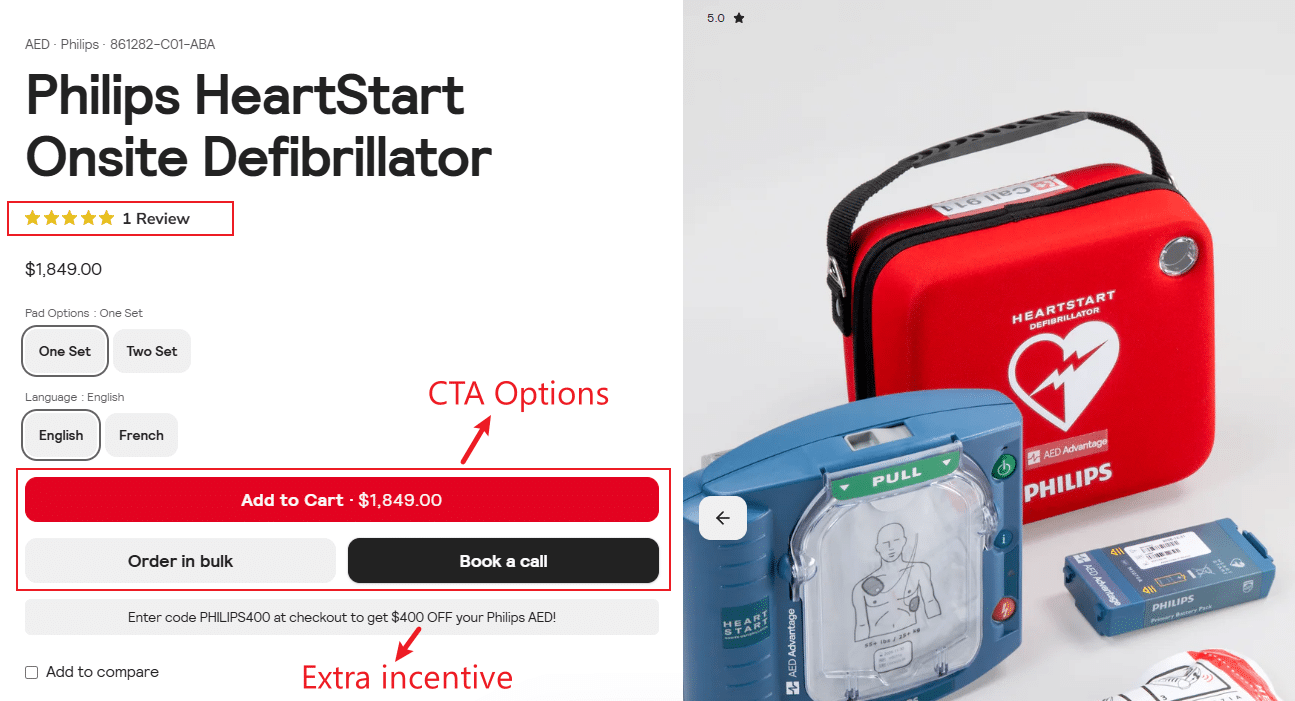
The strongest product pages reduce friction at every step. They place review stars near the CTA, remind shoppers about your return policy right above the fold, or position trust badges where doubt usually creeps in.
These details aren’t decoration; they’re conversion cues. They make the decision easier.
Even small tweaks matter. Clear button copy, prominent shipping information, and well-placed images shape users’ emotions in the moment.
CRO is about stacking those moments in your favor. Do it well, and you won’t just drive more sales. You’ll also improve engagement, reduce bounce, and strengthen your SEO.
Technical SEO
Technical SEO goes beyond optimizing individual pages. It’s a big topic, but here, I’ll cover some essentials to ensure your on-page efforts actually pay off.
Search engines can’t rank pages they can’t crawl. Technical SEO is the foundation that makes your content discoverable, indexable, and understandable, ensuring your best pages get noticed.
For ecommerce sites, the stakes are even higher. With hundreds (or even thousands) of products, dynamic filters, and frequent updates, a weak technical setup quickly creates duplicate content, crawl errors, and broken rankings.
Think of content as your message and technical SEO as your translator. If the translation fails, search engines won’t see the whole picture, and your visibility will suffer.
Use SEO-Friendly URLs That Are Clean and Descriptive
A good URL should tell a story. It should be clear and readable and show exactly where a page sits in your site’s structure.
Think:
/shop/shirts/dress-shirts
Not:
/p?item=4532&ref=abc
Clean URLs help search engines understand relationships between your pages. Categories, subcategories, and product pages should follow a logical path that mirrors your site’s architecture. That internal clarity helps with crawling, indexing, and passing authority where it matters most.
And it’s not just for bots. Clean URLs build trust with users. People are more likely to click and convert when they know what they’re clicking.
Add Schema Markup to Stand Out in Search Results
Search engines read your content but don’t always get the context. Schema markup fills in the gaps by telling them exactly what’s on the page: a product, a price, a review, or a frequently asked question.

These visual enhancements transform search listings from generic to compelling.
For ecommerce, focus on Product, Review, and FAQ schema. Together, they highlight key info, build trust in your listings, and help search engines map your catalog more precisely. Better understanding means better rankings.
Use Canonical Tags to Avoid Duplicate Content Issues
Ecommerce sites naturally generate duplicate content through color variants, filtered views, and paginated results. Without clear guidance, search engines are left to make potentially incorrect ranking decisions.
Canonical tags provide precise control, signaling the definitive version of a page. This strategy consolidates ranking signals and eliminates internal content competition.
Neglecting canonical tags risks page cannibalization. Your own pages can compete against each other, ultimately undermining your search performance.
Submit a Smart XML Sitemap to Guide Crawlers
Think of your XML sitemap as a search engine’s shortcut to your most important pages. It tells crawlers what to index, how often to check back, and what’s changed recently.

This is essential for ecommerce sites with dynamic content and constant product updates. You want new products indexed fast, and outdated pages phased out just as quickly.
Your sitemap should include key page types: collections, product pages, blog content, and even image URLs. And it’s not a one-and-done task. If your site updates regularly, your sitemap should too. The cleaner and more current it is, the easier it is for search engines to keep up.
Configure Robots.txt to Direct Search Engine Behavior
Not every page on your site needs a search engine’s attention. Use your robots.txt file to steer crawlers away from low-value areas like internal search results, cart pages, or login screens.
Done right, this keeps your crawl budget focused on the content that actually drives traffic and revenue. Done wrong, it can tank your visibility. One misplaced rule can block entire sections of your site from indexing.
While not a direct ranking factor, robots.txt plays a huge role in crawl efficiency. And the bigger your store gets, the more critical that efficiency becomes.
Secure Your Site with SSL for SEO and Customer Trust
Trust is everything in ecommerce. If your site doesn’t use HTTPS, browsers will mark it as “Not Secure.” That’s a red flag for shoppers and search engines.
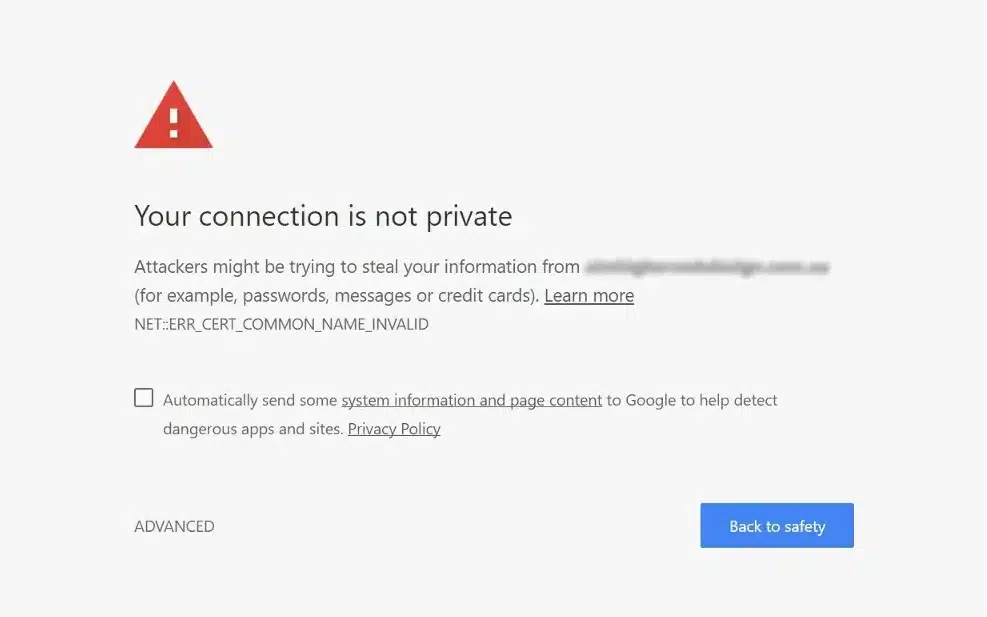
An SSL certificate encrypts user data and protects sensitive information during checkout. It also acts as a trust signal. When users see that padlock icon in the address bar, they know your site is secure.
From an SEO standpoint, Google has confirmed that HTTPS is a ranking signal. It’s not a huge one, but it still counts. More importantly, it affects how users interact with your site. If they feel unsafe, they bounce. And if they bounce, you drop in rankings. It’s all connected.
Combine HTTPS and Security for Better User Confidence
A valid SSL certificate is just the starting point. Real site security means staying on top of hosting, platform updates, and plugin vulnerabilities, especially for ecommerce sites handling sensitive data.
Security slip-ups can wreck your SEO. Malware warnings, blacklists, or even a temporary breach can damage your domain’s reputation and tank your rankings overnight.
Google prioritizes safe, trustworthy sites—and so do your customers. If your store looks risky, both bots and buyers will bounce. Keeping your site secure isn’t just good practice. It’s a ranking factor, a trust signal, and a critical part of your long-term growth.
Internal Linking and Navigation
Internal links connect your pages, shaping how users and search engines move through your site. They help boost rankings, guide discovery, and push shoppers closer to checkout.
In ecommerce, strong linking builds topical relevance, distributes authority, and keeps users engaged without hitting dead ends. It’s a quiet, but powerful element of on-page SEO for ecommerce.
Navigation works hand in hand. If users can’t easily get from a category to a product, or from a product to related content, they’ll leave. Smart structure keeps them moving. Weak structure kills momentum.
Use Contextual Internal Links to Improve Site Flow
Contextual links live inside your content (blog posts, product descriptions, category intros), and point users to related pages that help them take the next step.

In ecommerce content, that might mean linking from a gift guide to a collection page, from a category to a best-selling product, or between similar items with different styles or features.
These links improve user flow and pass authority where it’s needed most, helping lower-traffic or newly published pages rank faster. For search engines, they also create clearer connections between topics, which strengthens your site’s overall structure.
Relevance is the rule. Don’t drop in links just to check a box; link where it adds value. If it helps the reader, it helps your SEO.
Add Breadcrumbs to Clarify Site Structure and Improve UX
Breadcrumbs show users where they are and how to get back. On most ecommerce sites, you’ll see them near the top of a product or collection page:
Home > Men’s Clothing > Men’s Shirts > Dress Shirts
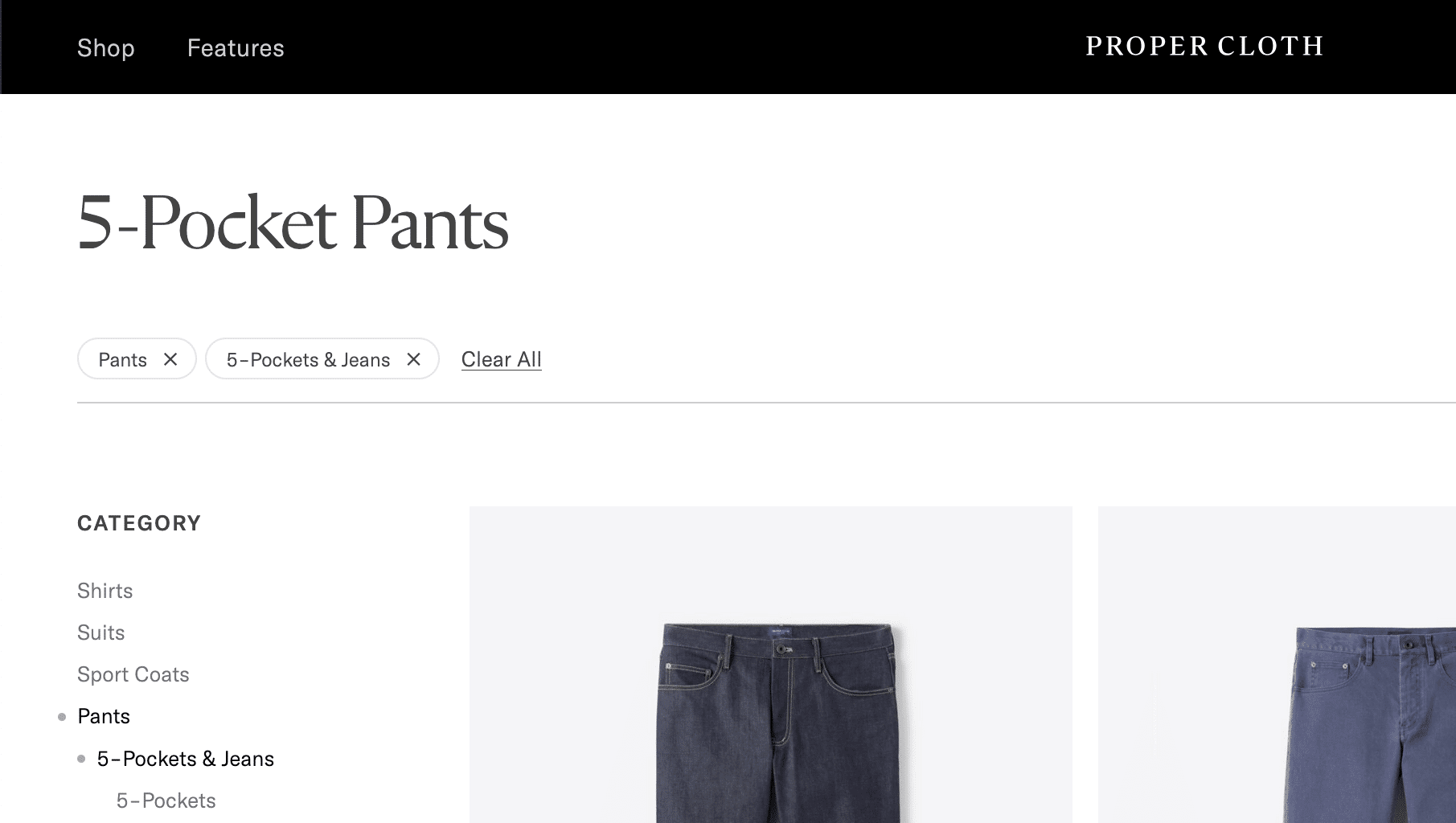
They may look simple, but they’re quietly powerful. Breadcrumbs reduce friction, improve navigation, and help users explore without getting lost. For search engines, they reinforce site structure and provide clean, contextual paths through your hierarchy.
Add structured data, and Google can display your breadcrumbs right in the search snippet, making your listings more useful and clickable.
They’re especially valuable for stores with deep category trees or multiple product variants. When it comes to ecommerce SEO best practices, adding breadcrumbs is low-effort, high-return.
Optimize Footer and Sidebar Links for SEO and Accessibility
Footers and sidebars aren’t flashy, but they do serious work behind the scenes. When users scroll that far, they usually hunt for something specific: shipping info, return policies, or a quick way to return to key pages.

Use that space wisely. Add trust pages, support content, or buying guides that help shoppers make decisions without digging.
Sidebars serve a similar role. They’re secondary navigation tools that can surface related content or spotlight popular products. Just keep them clean. Too many links overwhelm users and dilute the impact.
When done right, footers and sidebars reduce friction, surface more of your site, and support a stronger internal linking structure. They’re small touches, but they add up to a smoother user experience and better crawlability.
Let’s Make Your Store Impossible to Ignore.
On-page SEO isn’t a set-it-and-forget-it job. It’s a constant balancing act between clean technical structure, persuasive content, and seamless UX. This ongoing optimization is what separates the top performers from everyone else.
If you’re tired of watching competitors outrank you for your best keywords, we’ve got you covered. We specialize in recovering lost rankings and getting measurable results for brands in competitive niches.
Contact us today to learn more about our On-Page SEO Services.

